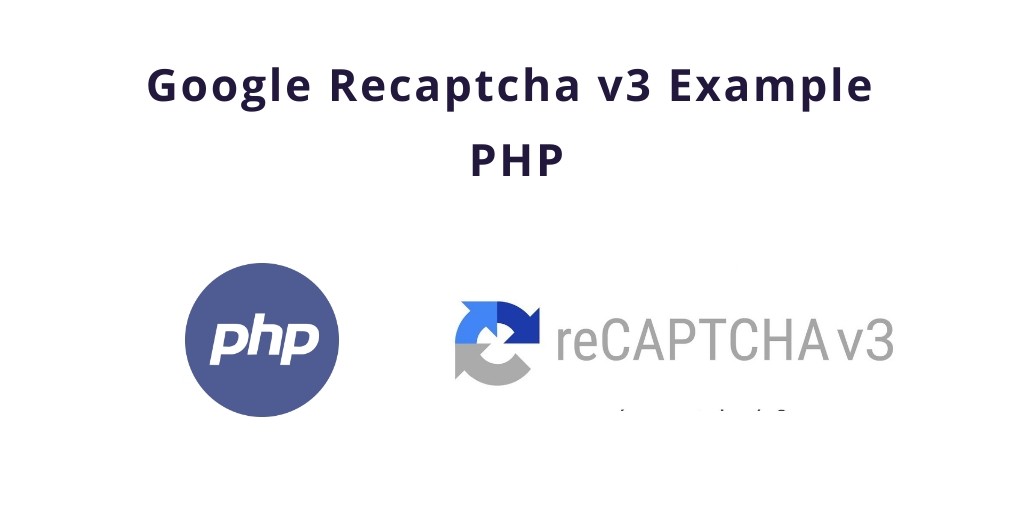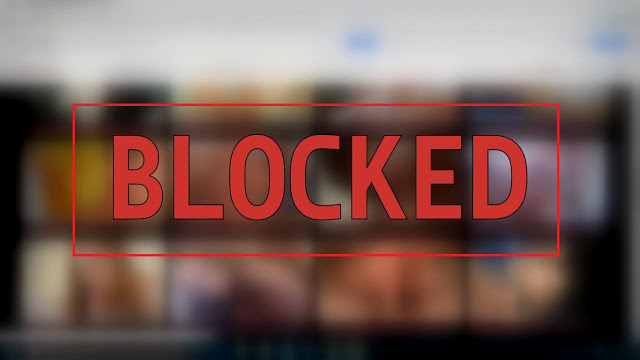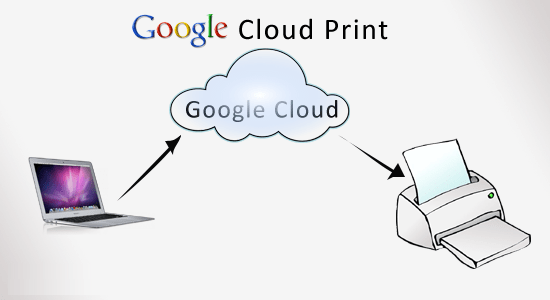Google recaptcha v3 demo example php. This tutorial shows how you can implement google v3 recaptcha with PHP form and validate forms also see live demo & example here.
The purpose of this tutorial is an easy way to integrate Google reCAPTCHA v3 on your php forms with a live demo example.
Google has introduced reCAPTCHA v3 verification for the form to prevent spam bots without any user interaction.
Integrate Google V3 Recaptcha PHP
Just follow the three steps below and implement google v3 recaptcha easily in your website or php forms:
1. Get Site key and Secret key From Google
First of all, you need to site key and secret key. So you need to do is register your website on google recaptcha. Go to this link and register here.
When you click on the link above, a google form will appear below, the form you will see is given below.
Now you have to fill the form and select reCAPTCHA v3 and select the “I am not a robot” checkbox option.
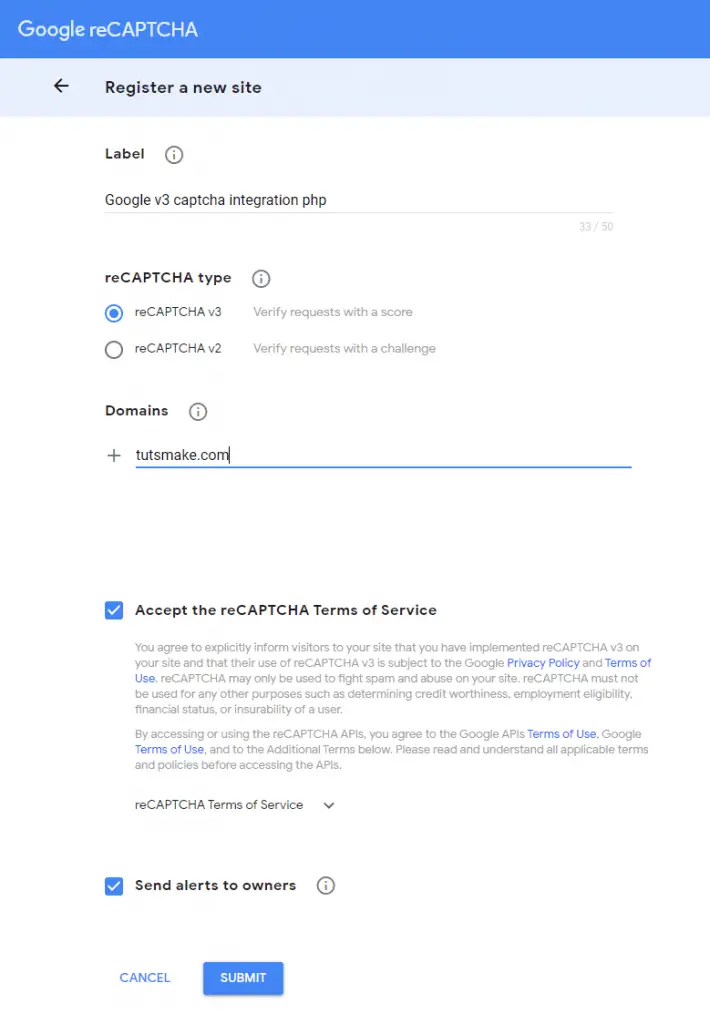
Once you submit the form, Google will provide you with the following two information.
- site key
- secret Key
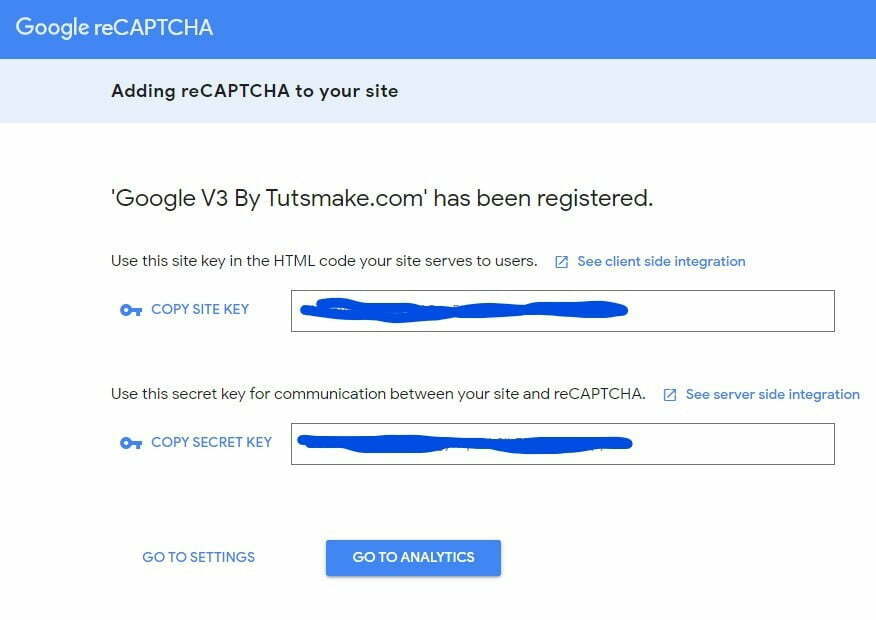
2. Create form
In this step, you need to create one form in php. And update the below given code into your file:
After that, you need to update the site key like below.
<script src="https://www.google.com/recaptcha/api.js?render=YOUR_SITE_KEY"></script>
Next, you can put the site key provided by google recaptch in javascript script code and also pass the action url in it. Action means where you want to submit this form data and validate using the recaptcha on server side.
Let’s see the below code:
<script>
grecaptcha.ready(function () {
grecaptcha.execute('YOUR_RECAPTCHA_SITE_KEY', { action: 'contact' }).then(function (token) {
var recaptchaResponse = document.getElementById('recaptchaResponse');
recaptchaResponse.value = token;
});
});
</script>
3. Create New PHP File to Server side integration
In this step, we need to create one new php for server side integration. So create a new file and update the below code into your file:
<?php
$name;$email;$comment;$captcha;
$name = filter_input(INPUT_POST, 'name', FILTER_SANITIZE_STRING);
$email = filter_input(INPUT_POST, 'email', FILTER_VALIDATE_EMAIL);
$comment = filter_input(INPUT_POST, 'comment', FILTER_SANITIZE_STRING);
$captcha = filter_input(INPUT_POST, 'token', FILTER_SANITIZE_STRING);
if(!$captcha){
echo '<h2>Please check the the captcha form.</h2>';
exit;
}
$secretKey = "YOUR SITE SECRET KEY";
$ip = $_SERVER['REMOTE_ADDR'];
// post request to server
$url = 'https://www.google.com/recaptcha/api/siteverify';
$data = array('secret' => $secretKey, 'response' => $captcha);
$options = array(
'http' => array(
'header' => "Content-type: application/x-www-form-urlencoded\r\n",
'method' => 'POST',
'content' => http_build_query($data)
)
);
$context = stream_context_create($options);
$response = file_get_contents($url, false, $context);
$responseKeys = json_decode($response,true);
header('Content-type: application/json');
if($responseKeys["success"]) {
echo json_encode(array('success' => 'true'));
} else {
echo json_encode(array('success' => 'false'));
}
?>
In above file, to replace ‘YOURRECAPTCHASECRET_KEY’ with the Secret key provided by google v3 recaptcha.
Like this:
$secretKey = "YOUR SITE SECRET KEY";
Note:- Google reCAPTCHA v3 is invisible. You won’t see a captcha in your php form on web page.

